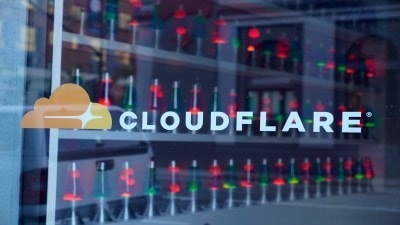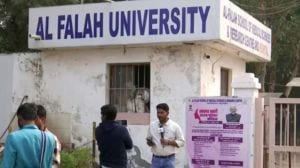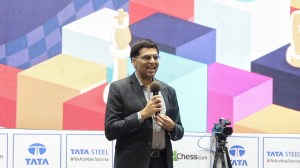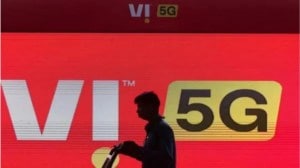Operators remain bull-headed about 3G spectrum
The CDMA versus GSM fight is far from over.At ongoing discussions on 3G spectrum, the CDMA Development Group...

The CDMA versus GSM fight is far from over.
At ongoing discussions on 3G spectrum, the CDMA Development Group (CDG) and GSM Association (GSMA), both powerful international lobby groups fighting for Indian GSM and CDMA operators, have demanded spectrum in bands that are ‘‘ideal’’ for their progress, but seem mutually incompatible.
In suggestions to telecom regulator Trai at an open house session on Friday, neither faction seems to have veered towards reconciliation since last year’s stand-off. While the CDMA industry has demanded 3G spectrum in the 1900 MHz band, GSM has asked for 3G spectrum in ‘‘core’’ bands, as defined by the International Telecommunications Union (ITU).
Since early 2005, CDMA and GSM operators have been warring over when, where and for how much money 3G spectrum should be allocated. They have failed to agree so far on any of these issues.
The GSM industry feels that ‘‘the 3G core bands and extension bands identified by ITU, should be reserved for the current IMT-2000 technologies.’’ The implication is that allowing CDMA to get 1900 MHz will run against the ITU’s plan to create a single global 3G frequency.
On their part, the CDMA players, specially the biggest operator Reliance Communications, do not agree with the ‘‘core band’’ theory. In its regulatory filing on Friday, Reliance has said that the ITU has actually left individual governments free to decide which band is ideal for 3G.
‘‘The ITU has identified a number of bands for IMT-2000 services and allows administrations the flexibility to use different frequency bands in line with national requirements,’’ the company has submitted.
The GSMA, however, claims that WRC-2000 bands ‘‘are meant to be extension bands once 3G operators run short on capacity’’ in core bands, as defined by ITU.
This view is echoed by Bharti Airtel, the biggest GSM operator, which has told the regulator that the ‘‘first and foremost criteria while deciding… specific bands for 3G spectrum is the principle of spectrum harmonisation.’’
GSMA has also said that new technologies ‘‘that feels excluded’’ are free to enter the IMT-2000 family via the ITU, if they can demonstrate they meet ‘‘objective and proportionate qualification criteria’’.
Where all this will end is anybody’s guess, though operators on both sides of the technology divide are raring to go for 3G services.



- 01
- 02
- 03
- 04
- 05




























